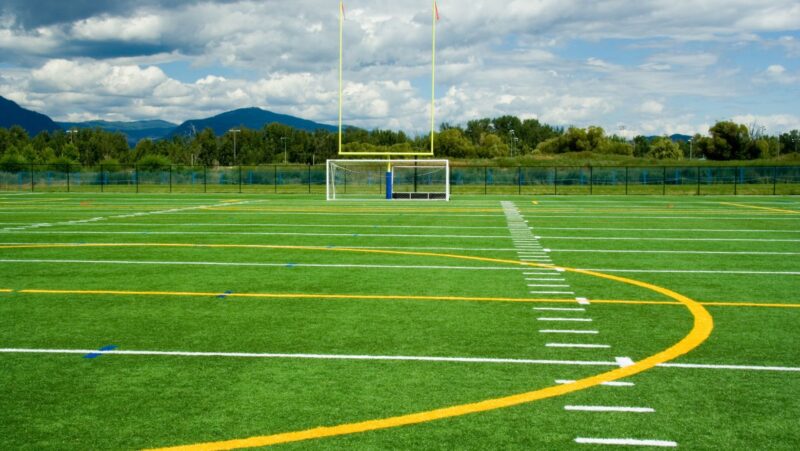
Understanding when your roof needs a full replacement is key to safeguarding the structure and comfort of your home. The roof, an essential building component, demands attention and care to prevent minor issues from escalating into major, costly repairs.
Ignoring wear and tear can lead to severe structural problems, risking both the safety and the aesthetics of your dwelling. Through vigilant observation and timely action, homeowners can avoid the inconvenience of emergency repairs and ensure their roofs continue to provide reliable protection. Regular inspection is essential in identifying potential issues before they escalate into major problems.
Signs You Need Full Roof Replacement
A roof doesn’t last forever, and its lifespan depends on material quality, installation precision, and environmental conditions. Knowing when it’s time for a full replacement can save you from expensive repairs and hazards.
When doing a roof inspection, here are the five telltale signs indicating the need for a roof overhaul.
Sagging Roof
A sagging roof is a clear indicator of structural issues. This could be due to long-term water accumulation or the roof bearing more weight than it can handle, often from snow or an additional layer of roofing. Sagging sections can lead to serious problems, including potential collapse, if not addressed promptly.
Old Roof
The age of your roof is critical in determining its functionality and reliability. Most roofs last 20-30 years, depending on the material used. If your roof is nearing or has surpassed this age, it might be time to consider a complete replacement, especially if you’re experiencing frequent issues.
Significant Leaking and Water Damage
Leaks are a common issue with old roofs, leading to significant water damage, including mold and structural deterioration.

If you notice water streaks on your ceilings or walls, or if you need to catch drips in buckets during a rainstorm, these are signs that your roof may need replacing.
When not addressed, these water leaks can cause further damage, such as mold build-up. Mold, specifically black mold, can cause irreparable damage and even health problems.
Widespread Damage
While you can fix some roof damage temporarily, extensive damage across a large area often warrants a full replacement. This includes missing or broken shingles, significant wear and tear, or damage from severe weather conditions.
Extensive damage compromises the roof’s integrity, making complete replacement the safest option. Keep in mind that roof accidents can happen, especially with sudden weather changes. As such, it’s best to be prepared to prevent any untoward incidents.
Extensive Moss Growth
Moss and algae on the roof can be more than just an aesthetic issue. It can indicate moisture retention, which can damage roofing materials over time. If moss growth is widespread and not just limited to one area, it may signify that the roof retains too much moisture, leading to decay and needing replacement. That’s why it’s also important to address the issue at the first sign of growth.
Roof Replacement Tips
Your roof is your home’s first defense against weather and environmental elements. Recognizing the signs of a failing roof can prevent more severe issues and ensure your home remains safe and dry. Watch out for the following:
- A sagging roof indicates structural issues and potential for collapse.
- Roofs over 20-30 years old may require replacement to maintain home safety.
- Persistent leaks and water damage are signs of a failing roof.
- Extensive damage across the roof suggests the need for a full replacement.
- More than an aesthetic issue, it indicates potential moisture retention and decay.

Addressing these signs proactively can save you time and money in the long run. When done, your home remains a safe haven against the elements.












